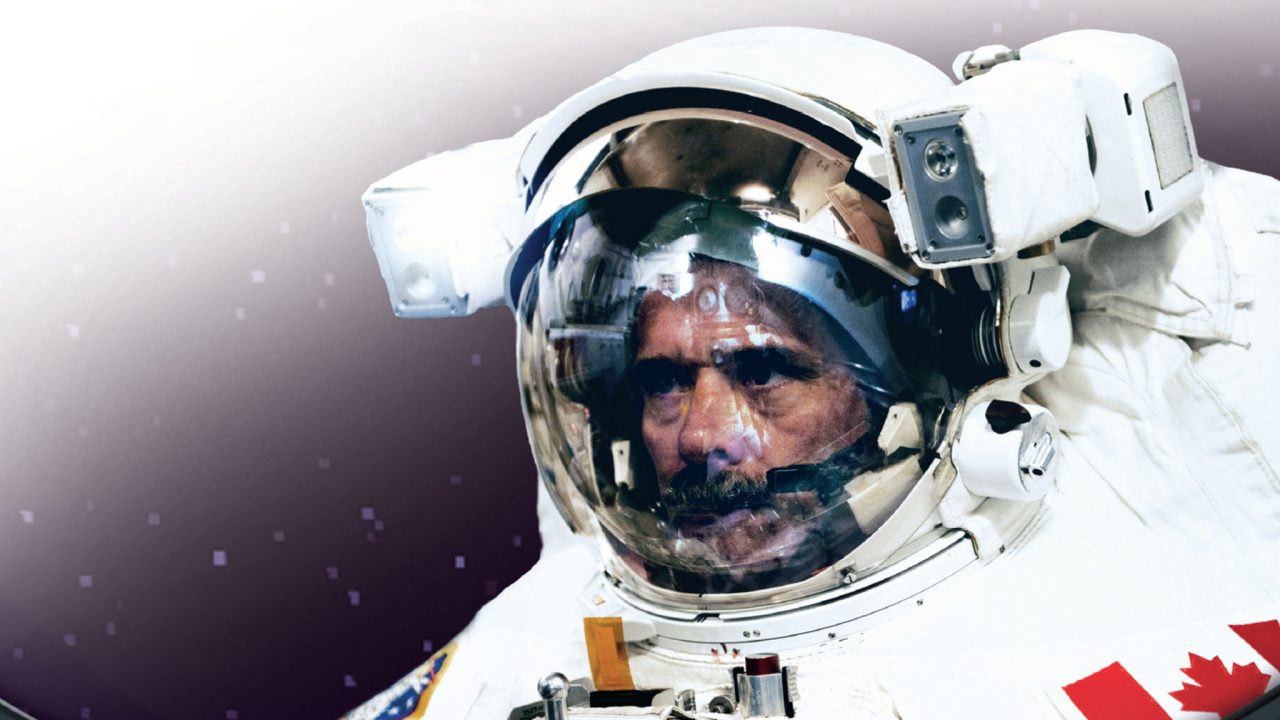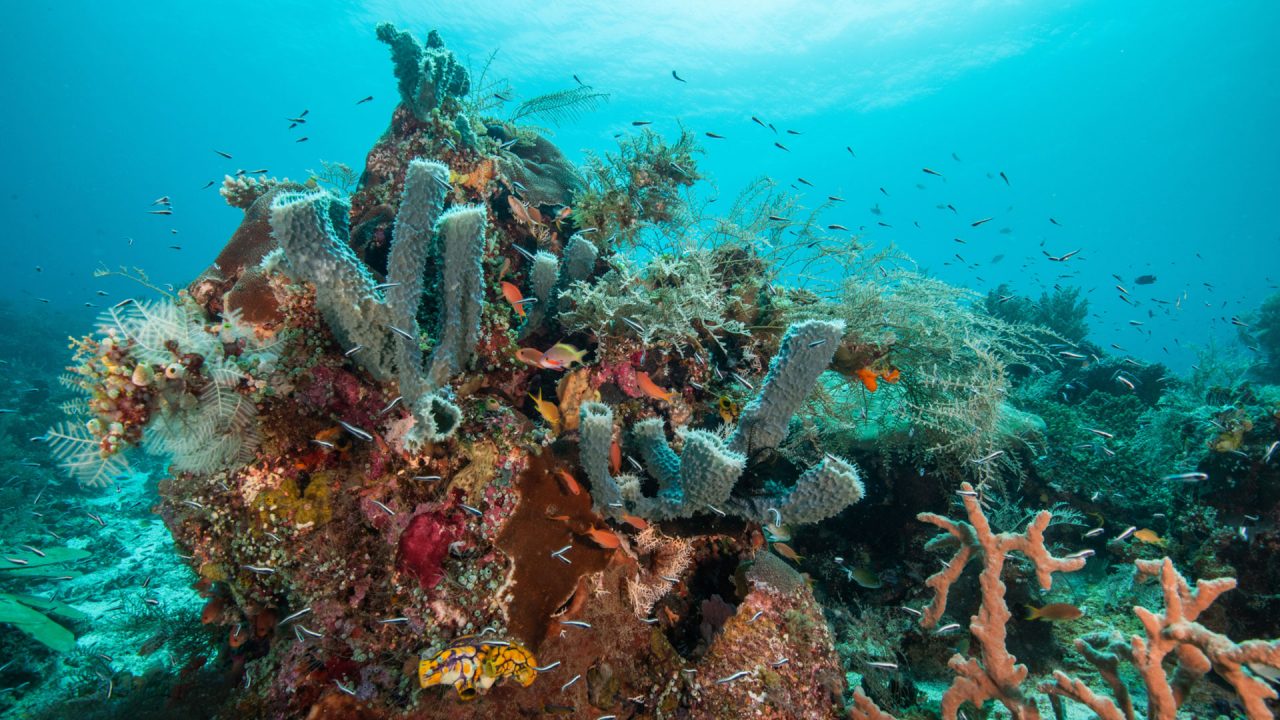
Mini-Lesson for NFB Space School: Chris Hadfield’s Journey
Mini-Lesson for NFB Space School: Chris Hadfield’s Journey
Mini-Lesson for NFB Space School: Chris Hadfield’s Journey
Themes: Science and Technology, Earth and Space, The Material World, Careers in Science, Exploration and Experimentation Skills and Strategies
Ages: 12-14
Keywords/Topics: Astronomical Phenomena, Solar System, Earth-Moon, Universal Gravitation, Transformation of Energy, Astronautics, Space Exploration, Earth’s Location in the Universe, History, Science and Technology Techniques and Instruments, Using Scales, Modelling Techniques
Guiding question: Is exploring space worth the risk? Thinking critically about the human and financial investment involved in this undertaking is both compelling and appropriate. But we must also consider the benefits—international collaboration, scientific advancement, and the dreams and inspiration it can spark at a more personal level. Many believe that the drive to explore is in our DNA. What do you think?
Summary: Chris Hadfield is perhaps the most well-known astronaut on Earth. You may have seen his singing on the International Space Station (ISS), or perhaps you know his face from his iconic moustache. But his account of his life in this series of videos perfectly illustrates what has made him such a beloved figure and a symbol of the ideal astronaut: his passion, determination, analytical mind, discipline, capacity for wonder, and mastery of storytelling.
His examination of his own life also gives us a special glimpse into what space exploration truly looks like from the inside. This perspective is vital for fully understanding our future roles if we are to continue to reach for the stars.
Activity #1 – Building a graphical timeline
NFB Space School: The Hadfield Journey – Chapter 8 – Allies, Rohan Fernando, provided by the National Film Board of Canada
The history of space exploration is filled with stories of success and failures, from the Cold War to the current state of international collaboration. As he grew up, and throughout his career, Chris witnessed many important events.
To better understand the historical context of modern space exploration, we must look at what went before and what it aspires to achieve.
Build a timeline to graphically represent the key events of space exploration. Here are a few events it might include, but don’t hesitate to find others.
- The first flight of an aircraft by the Wright brothers
- Launch of the first rocket by Robert H. Goddard
- Launch of the first V2 missile to reach space
- First human-made satellite to orbit the Earth
- First mission to land on the Moon
- First human in space
Starting with the presence of humans in space, you can concentrate on the history of crewed missions.
- Use different colours (for example) to highlight the various countries involved (United States, USSR, Canada, China, etc.) and partnerships.
- Include the start of various space programs (Vostok, Soyuz, Apollo, Space Shuttle, Shenzhou, etc.).
- Represent the lifespans of the different space stations (Salyut, Skylab, MIR, ISS, etc.)
You can even project the timeline into the future. Go up to 2050. Do research about the goals of different countries and private aerospace companies.
Feedback
And where do you fall on this timeline? Mark your own birth and your parents’ and grandparents’ births. Did they witness major events, such as the first human on the Moon, or the Columbia disaster? Ask them what sort of impact it had on them.
Activity 2 – Testing preconceived ideas, scale representation
NFB Space School: The Hadfield Journey – Chapter 9 – Spacewalker, Rohan Fernando, provided by the National Film Board of Canada
Before watching the video, and without doing any prior research, do the following exercise:
- Print this image or recreate it by drawing it on a sheet of paper.
- Cut out the images of Earth, the Moon, and the ISS along the dotted lines.
- Arrange them to represent your sense of the distance, to scale, between these elements in space.
Watch the video. Do you still think your representation of the distances involved in space exploration and the size of the celestial bodies was correct?
When astronauts like Chris Hadfield travel to the ISS, do they remain close to Earth, or do they go even beyond the Moon?
To confirm and correct your representation, do the following exercise:
- Look up the actual sizes of the Earth and Moon to determine the scale of the printed images.
- Look up the actual distances of the Moon and ISS to the Earth.
- Calculate what this distance is at the scale of the printed images and then reorganize the elements.
How did this exercise change your perception of the distance between the Moon and the ISS?
Feedback
If you print the image on letter stock (8.5”x11”), the distance between the Earth and Moon is equivalent to two metres. So, if you stick the Earth on a wall or door at floor level, the Moon will be at the top of the door. The ISS is a thousand times closer to Earth than the Moon. At this scale, this is the equivalent of just 2 millimetres from the Earth’s surface.
At its closest, Mars is 60 million kilometres from Earth. You can calculate what distance that represents on your model. Mars would be a circle half the size of Earth, or twice the size of the Moon, located 150 times farther away from Earth than the Moon.
During a mission to Mars, it would be more important than ever to prepare astronauts for the potential dangers involved. With a voyage lasting at least six months, a rescue mission would not be possible if anything went wrong.
—
Chris has a knack for identifying what he learned during his career as an astronaut and conveying that knowledge to others, so we can all benefit here and now on Earth.
Have you ever experienced anything like that? A situation where the natural reflex would be an adrenalin rush followed by a state of hyperactivity or panic, but where anticipating the problem allowed you to face it more effectively?
Activity 3 – Analyzing a situation using the concepts, laws, and theories of science and technology
NFB Space School: The Hadfield Journey – Chapter 12 – Launch, Rohan Fernando, provided by the National Film Board of Canada
Contrary to popular belief, gravity is not completely absent for astronauts orbiting the Earth; at the altitude of the ISS, 400 km, it is about 90 percent of its value on the ground. Astronauts float because they are weightless—they do not feel the effects of gravitational acceleration, even if it is present and affects their movement.
Without Earth’s gravitational pull, the ISS, which is travelling east at a speed of 28,000 km/h, would drift far out into space. On the other hand, without the ISS’s speed, gravity would bring the space station and astronauts crashing to the ground. It is the orbital motion of the ISS and its inhabitants that create the perfect balance between these two values.
Another way to understand this balance is by looking at energy transfer. Try to describe the transfer that takes place from the time the engines start to the moment the astronauts enter orbit.
—
[Bonus exercise for Secondary Cycle Two students, at your own risk!]
You can refer to the law of conservation of energy, potential energy (Ep = mgh), kinetic energy (Ek = ½mv2), and chemical energy.
Feedback
A more detailed analysis of these forms of energy should also allow you to understand why Chris Hadfield stresses the importance of reducing a rocket’s weight to gain greater speed at liftoff.
If all of the engine’s energy (chemical energy) was transferred to altitude gain, and thus potential energy, we would have the following situation:
Emoteur -> EP
And the altitude achieved by the rocket would be:

This equation shows us that if the energy from the engines is divided by a smaller mass to lift, the altitude gained would be greater.
If all the energy of the engines was instead transferred into speed (kinetic energy), we would have the following situation:
Emoteur -> Ek
And the speed achieved by the rocket would be:

This equation also shows us that if the energy from the engines is divided by a smaller mass to move, the speed gained would be greater.
So, for both potential and kinetic energy, reducing mass helps the rocket go higher and faster.
Mass is such an important factor in space exploration that launch costs are generally calculated by mass. Between 1970 and 2000, the average cost to launch a kilogram into space was $25,000. It is even an argument against the human exploration of space—since robots don’t need food and water, they travel much lighter than humans and cost less. This is also one pragmatic reason why space agencies look favourably on the increasing role of women astronauts—they generally weigh less than men and consume less food.
Activity 4 – Forming an opinion
NFB Space School: The Hadfield Journey – Chapter 16 – Storyteller, Rohan Fernando, provided by the National Film Board of Canada
After listening to Chris’s deeply human account of his professional legacy and the role he can still play, along with the other videos in this series, what do you think about the importance of having humans involved in exploring space as opposed to only using robotic probes?
Write a short text to outline your position on the subject.
Feedback
“You have to literally just pinch yourself and ask yourself the question, silently: Do you know where you are at this point in time and space, and in reality and in existence, when you can look out the window and you’re looking at the most beautiful star in the heavens — the most beautiful because it’s the one we understand and we know, it’s home, it’s people, family, love, life — and besides that it is beautiful. You can see from pole to pole and across oceans and continents and you can watch it turn and there’s no strings holding it up, and it’s moving in a blackness that is almost beyond conception.” — Eugene Cernan, Apollo 17
This image of Earth taken by Apollo 17 is one of the most famous photographs in the world. Its publication is often attributed to the emergence of the global environmental movement, since it was our first time seeing the entire planet without borders, but still isolated.
Many astronauts have spoken of a cognitive change—of becoming aware of Earth’s fragility and seeing it as a small, vulnerable oasis. Perhaps their oral accounts, like that of Chris, affect us more than the transmissions sent back by a probe.
Maxime Pivin Lapointe is a content creator and science educator at the Rio Tinto Alcan Planetarium in Montreal. With a major in science education, he has been dedicating his career to teaching science and sharing his fascination with the Universe for close to 20 years now. After spending 10 years observing and helping others discover the night sky in the Mont Mégantic region, he travelled across Quebec giving talks in high schools and CEGEPs. He has been putting his talents as a communicator and content creator to good use at the planetarium since 2013. He has also become a fulldome-show production specialist, among other things.
Pour lire cet article en français, cliquez ici.
Follow the Planetarium on Facebook // Twitter // Instagram // #PlanetariumRiotintoAlcan
on NFB Education | Watch educational playlists on NFB Education | Follow NFB Education on Facebook | Follow NFB Education on Pinterest | Subscribe to the NFB Education Newsletter



